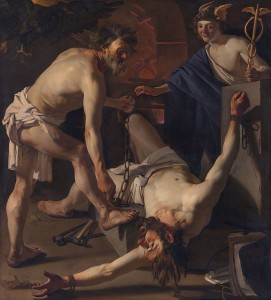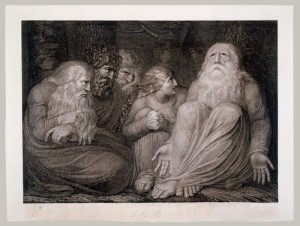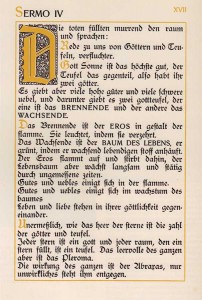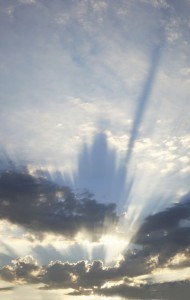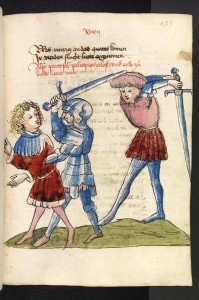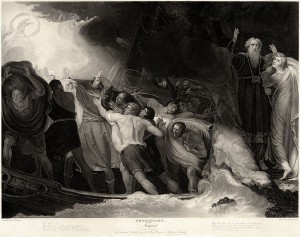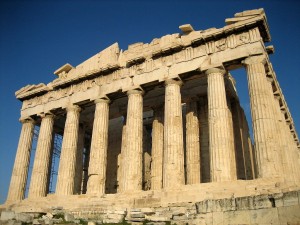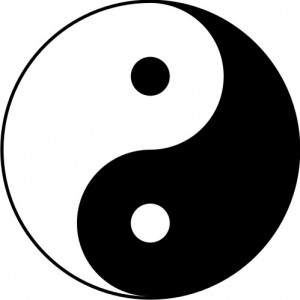– Dr. Jaime G. Corvalan, MD, FACS
The heart is like an umbilical cord which mediates between the life within us and the life around us. It connects us to the life of the whole, the greater life of the divine ground. The heart is our creative imagination, born of our instinct for relationship with this greater life. The heart generates all our quests, all our hopes and longings and will ultimately reunite us with the source from which we have come. Without the heart, without the instinct to feel, to imagine, to hope and to love, life is meaningless, sterile, dead. When we are in touch with our heart, when we are connected to our deepest feelings, it comes alive, it vibrates, it sings.”
– Anne Baring, Lecture 7: Healing the Heart: An Alchemy of Consciousness, 1993
Some time ago, I attended a lecture by Richard Bandler, the co-creator with John Grinder of NLP, Neurolinguistic Programming. Richard asked a gentleman, a Wall Street banker, to come forward from the crowd and talk with him. “What do you feel?” Richard asked him.
“Nothing,” was his reply. Richard quizzed him further, trying to get to the heart of his disconnection; in fact, the poor man was unable to comprehend the nature of the question. Why? He had lost the connection with his own heart, buried under years of repressed feelings, cultural and familial expectations and a laser-like focus on nothing but the masculine mythology of power, control and domination. From that point forward, I realized the irreplaceable value and need for feelings, for the feminine, and for the need to balance the masculine and feminine energies.
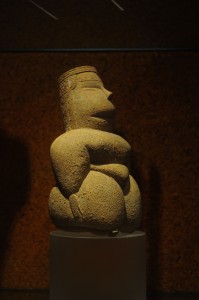
For most of the evolutionary history of humanity (up until the rise of tribes and states, about 4,000 years ago), the collective myth that cradled humanity centered around the Great Mother. In this prevailing myth, body and soul, nature and spirit, were aligned in a great web of interconnected and sacred life; the feminine values of compassion, empathy and connection formed the foundation of human societies and relationships, with each other and with nature.
However, this prevailing myth was gradually replaced with a masculine, Authoritarian Father mythology, coinciding with the rise of competitive, aggressive tribal and state systems, and with it the generative values of the heart, of the Great Mother – creativity, gentleness, compassion and love – were repressed, devalued and shunted deep into the unconscious. This devaluation has created in all who are touched by it an indelible wound to the heart, punishing expressions of authentic feeling and / or creativity, while focusing instead upon an insatiable drive to control, to accumulate and exercise power over others, and over the Earth.
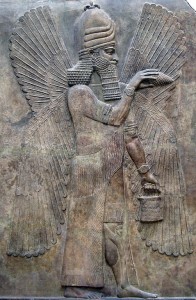
Such a shift can be seen in many cultures across time (including our own); gradually, the feminine goddesses receded into the background as the masculine gods ascended. In some cases, the rise of the All-Powerful Father comes concomitantly with the murder of the Great Mother, as in the Babylonian Creation mythology of Enuma Elis, where the masculine god Marduk defeats and splits in two the Goddess Tiamat, using her body to form the earth and sky.
This swing to the masculine has resulted in a loss of the sense of the sacred in life, of the empathetic connection to each other and to nature that is so deep within us as to be instinctive. As the masculine has ascended, the value of nature, of compassion, of the feminine has been degraded, coming to be associated with darkness, chaos and evil (it is Eve in the mythology of the Garden of Eden who tempts Adam and who, as a result, leads to the expulsion of man from paradise).
The values of the heart have been repressed as the primacy of the mind has come to the fore. Yet, that deep instinctual need for connection, creativity and compassion, the values of the Great Mother myth, do not disappear, try as the intellect may to eradicate them. Where the spark of creativity is buried in the unconscious, it will often bubble up uncontrollably and even with awful consequence, for it is a primal energy that cannot be extinguished. As the great psychologist Carl Jung noted, everything we call negative and evil emerges from the wounded heart of a culture.
Where the energies of the feminine are repressed and cloaked in fear and confusion, those creative sparks can become an inferno of barbarism, with the masculine-focused religions and doctrines unable to contain them.
What is required is a reconnection to spirit, to the feminine; we need a rebalancing of the masculine and feminine, within a new mythology, one not based in merely rote belief but in authentic experience.
To heal the wounded heart, we must restore to honor the values of the feminine. We must reconnect the body with the soul, the realm of the transcendent. We must live life out of the highest spiritual values of compassion, loyalty and love. We must participate in the gradual transformation of our level of consciousness, from single-minded pursuit of power to the reconnection of heart and mind, body and soul.
There is, in fact, a new consciousness coming into life or, rather, we are awakening to the transcendent energy consciousness of which we have always been a part though have repressed lo these many millenia. We are all participating in the synthesis of a new mythology, one that reconnects and acknowledges the divinity in all life, in all existence. We are awakening to the fact that we are all a part of the divine, both transcendent and immanent.
This awakening, to a consciousness of the heart and soul, is what will heal and bring us to redemption and reconnection with our transcendent nature.
